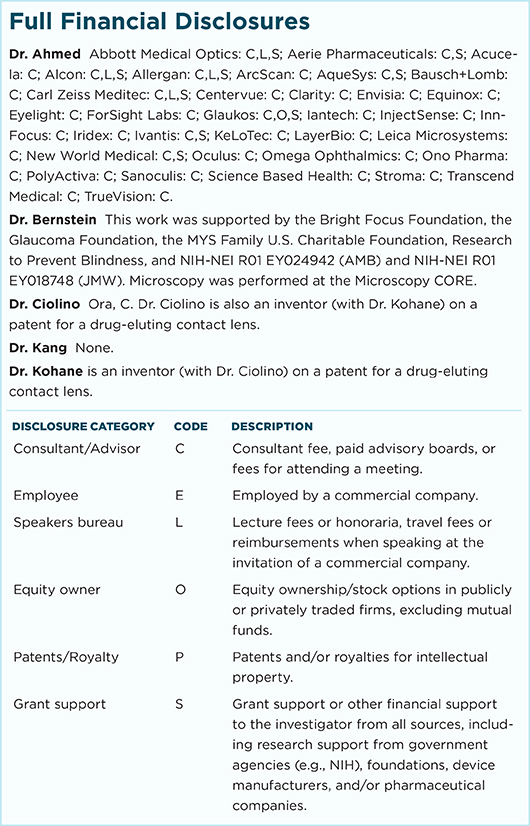Download PDF
When it comes to what matters most to patients, it may matter little which type of cataract surgery they choose. Screening 2,802 articles published from 2007 to March 2016, Canadian researchers compared the efficacy and safety of femtosecond laser–assisted cataract surgery (FLACS) with manual cataract surgery. The articles selected for inclusion involved 14,567 eyes from 15 randomized controlled trials and 22 observational cohort studies in the largest meta-analysis to date on this topic.1
Key outcomes comparable. The researchers found no significant differences in overall, pupillary, and corneal complications, nor in visual and refractive outcomes, including uncorrected distance visual acuity, corrected distance visual acuity, and mean absolute error.
There may be specific cases in which laser surgery is clearly preferable, such as when it is very difficult to do a manual continuous capsulorrhexis, said coauthor Iqbal Ike K. Ahmed, MD, FRCSC, at the University of Toronto. “But our goal was to focus on outcomes for routine cases.”
FLACS pluses. Laser-assisted surgery did excel in several secondary surgical end points, such as phacoemulsification time, absolute mean deviation from intended capsule diameter, horizontal intraocular lens centration, and postoperative central corneal thickness. “However, for many of these surrogates,” said Dr. Ahmed, “we have not found corresponding positive clinical outcomes.”
Reduced energy in the eye from FLACS has often been posited as potentially reducing collateral damage in the eye, but this did not translate into many obvious benefits. “Less energy does appear to be linked to reduced endothelial cell loss,” said Dr. Ahmed. “However, this may be tied to how femtosecond laser is used. A previous study by Abell et al.2 found that making incisions with femtosecond laser actually led to greater endothelial cell loss.”
FLACS minuses. FLACS was associated with higher intraocular prostaglandin concentrations and higher rates of posterior capsular tears. “Higher levels of prostaglandin raises questions about increased inflammation,” said Dr. Ahmed, “indicating that there are remaining questions about the impact of femtosecond laser in the eye.”
The higher rates of posterior capsular tears came as a surprise, said Dr. Ahmed. “This may well be due to early learning curves with the femtosecond laser,” he said, explaining that the meta-analysis included records from the period of its inception. “Over time, complications rates may have become comparable.” In fact, a recent study in the Journal of Cataract and Refractive Surgery found higher complication rates in the manual surgery group, which may support this hypothesis.3
High-quality data needed. Although the study benefits from a large sample size, Dr. Ahmed cautioned that not all the data are of the highest quality. Observational studies, in particular, introduce confounders and selection bias, and that poses a challenge when interpreting results.
“That’s why we encourage investigators to design trials that are randomized and prospective in nature, producing the highest level of evidence possible,” he said. “However, despite confounders present in our study, we are reassured by findings from a large study presented at ESCRS,4 which recently reported outcomes consistent with ours.”
—Annie Stuart
___________________________
1 Popovic M et al. Ophthalmology. 2016;123(10):2113-2126.
2 Abell RG et al. J Cataract Refract Surg. 2014;40(11):1777-1783.
3 Scott WJ et al. J Cataract Refract Surg. 2016;42(7):1003-1008.
4 Barry P. ESCRS FLACS Study. Paper presented at: 33rd Congress of the ESCRS; Sept. 5-9, 2015; Barcelona.
___________________________
Relevant financial disclosures—Dr. Ahmed: Alcon, AMO, Bausch & Lomb, and Zeiss: C.
For full disclosures and disclosure key, see below.

More from this month’s News in Review